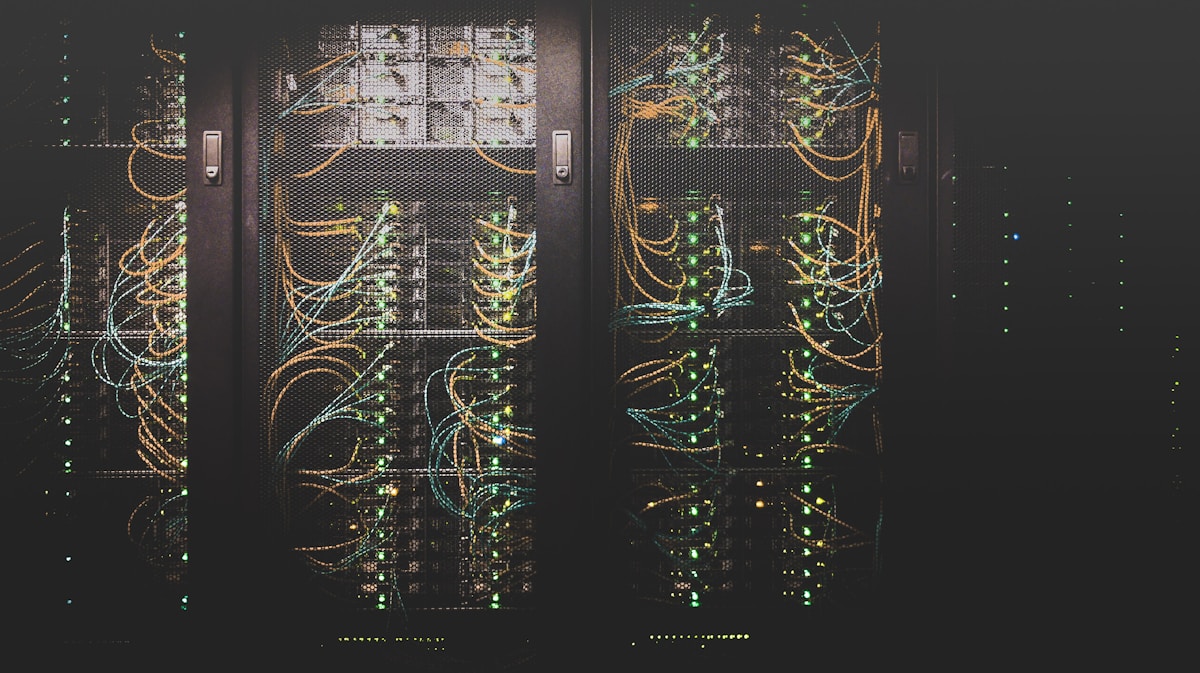2024 Enterprise Automation Trends Report: How AI-Powered Workflows Are Transforming Business Operations
Comprehensive analysis of major automation trends shaping enterprise operations in 2024, based on industry research and emerging technology patterns.

Executive Summary
Enterprise automation has evolved from simple task automation to sophisticated AI-powered workflow orchestration that can fundamentally transform how businesses operate. This comprehensive report examines the major trends shaping enterprise automation in 2024 and beyond, drawing on recent industry research, analyst reports, and emerging technology patterns.
The automation landscape continues to mature rapidly, with artificial intelligence, machine learning, and advanced analytics creating new possibilities for operational efficiency. However, successful implementation requires careful planning, realistic expectations, and a clear understanding of both the opportunities and challenges.
📊 Key Findings:
- • AI integration is expanding automation capabilities beyond rule-based processes
- • Cloud-native automation platforms are becoming the dominant architecture
- • Citizen development and low-code tools are democratizing automation creation
- • Integration challenges and change management remain significant barriers
- • Return on investment timelines vary significantly based on implementation scope
Trend 1: The Rise of AI-Powered Intelligent Automation

From Rule-Based to Intelligent Decision-Making
Traditional automation focused on executing predefined rules and workflows. Today's intelligent automation systems can adapt, learn, and make decisions based on patterns and context.
According to Gartner's research, organizations are increasingly combining robotic process automation (RPA) with AI capabilities to create what they term "hyperautomation" - an approach that uses multiple technologies to automate complex business processes.
What This Means for Enterprises:
- • Adaptive Workflows: Systems that can handle exceptions and variations without requiring manual intervention
- • Predictive Capabilities: Automation that anticipates needs based on historical patterns and current context
- • Natural Language Processing: The ability to process unstructured data from emails, documents, and communications
- • Computer Vision: Automated processing of visual information from documents, images, and screens
While the potential is significant, organizations should approach AI-powered automation with realistic expectations. McKinsey's research on AI adoption indicates that successful implementations typically require clean, well-organized training data, clear use case definition, iterative development, and ongoing monitoring.
Trend 2: Cloud-Native Automation Platforms Dominate

The Shift from On-Premises to Cloud-First Architecture
The enterprise automation market has witnessed a fundamental architectural shift. Cloud-native automation platforms now represent the preferred approach for most organizations, according to multiple industry analysts.
Key Advantages of Cloud-Native Automation:
- Scalability: Cloud platforms can dynamically scale computing resources based on workload demands
- Accessibility: Teams can access automation tools and workflows from anywhere
- Rapid Deployment: Reduced infrastructure setup time compared to on-premises solutions
- Automatic Updates: Platform improvements and security patches deployed automatically
- Integration Ecosystem: Pre-built connectors to popular cloud services and APIs
However, organizations should consider that data sovereignty and compliance requirements may limit pure cloud approaches, integration with existing on-premises systems requires careful planning, and total cost of ownership should account for both platform costs and integration effort.
Trend 3: Democratization Through Low-Code/No-Code Platforms

Empowering Business Users to Build Automation
One of the most significant trends in enterprise automation is the rise of low-code and no-code platforms that enable business users - often called "citizen developers" - to create automation without extensive programming knowledge.
Industry research from Gartner suggests that by 2025, citizen developers may outnumber professional developers in many organizations. This democratization of automation creation can help organizations reduce IT bottlenecks, accelerate automation deployment, and capture domain expertise directly from subject matter experts.
Platform Capabilities:
- • Visual workflow designers with drag-and-drop interfaces
- • Pre-built templates for common automation patterns
- • Library of connectors to popular business applications
- • Testing and debugging tools designed for non-programmers
- • Governance features to maintain security and compliance
Trend 4: Integration Complexity as a Major Challenge

The Reality of Connecting Enterprise Systems
While automation promises to streamline operations, one of the most significant challenges organizations face is integrating automation tools with their existing technology landscape.
Common Integration Challenges:
- • Legacy System Connectivity: Older systems may lack modern APIs or require screen-scraping approaches
- • Data Format Inconsistencies: Different systems often use incompatible data structures and formats
- • Authentication and Security: Managing secure access across multiple systems can be complex
- • Real-Time vs. Batch Processing: Synchronization challenges when systems operate on different schedules
- • Vendor Lock-In Concerns: Over-reliance on proprietary connectors can limit flexibility
Organizations should allocate sufficient time and resources for integration work and view it as a critical component of automation success rather than an afterthought.
Trend 5: Focus on Employee Experience and Change Management

Automation Success Depends on People, Not Just Technology
A growing body of research emphasizes that the success of automation initiatives depends as much on organizational change management as on technology selection.
While automation technology has advanced significantly, McKinsey's research on transformation programs indicates that initiatives often struggle due to human factors including employee resistance to workflow changes, insufficient training and support, unclear communication about automation goals, concerns about job security, and disruption to established processes.
Best Practices for Change Management:
- Clear Communication: Articulate why automation is being implemented and how it benefits employees
- Employee Involvement: Include end-users in automation design and testing
- Comprehensive Training: Provide adequate training before and after automation deployment
- Gradual Rollout: Phase automation introduction to allow adjustment periods
- Feedback Mechanisms: Create channels for employees to report issues and suggest improvements
- Success Celebration: Recognize and communicate automation wins
Key Takeaways and Recommendations
Based on the trends and insights covered in this report, organizations should consider the following recommendations:
1. Start with Clear Business Objectives
Define specific problems automation should solve, establish measurable success criteria, and align automation initiatives with broader business strategy.
2. Take a Phased Approach
Begin with high-value, lower-complexity automation opportunities, build capabilities and confidence before tackling more complex scenarios, and allow time for learning and adjustment.
3. Invest in Change Management
Engage employees early and often, provide comprehensive training and support, and communicate transparently about automation goals and impacts.
4. Build for Integration and Flexibility
Design automation with the assumption that systems will change, prioritize platforms with broad integration capabilities, and document dependencies and integration points.
Conclusion
Enterprise automation in 2024 represents a mature and sophisticated field that goes far beyond simple task automation. The combination of AI, cloud computing, low-code platforms, and comprehensive orchestration tools creates unprecedented opportunities for operational transformation.
However, success requires more than technology adoption. Organizations must approach automation strategically, with realistic expectations about implementation timelines, costs, and results. The most successful automation programs balance technological capability with careful change management, comprehensive integration planning, and ongoing optimization.
As automation technology continues to evolve, organizations that build strong foundations now - including clear governance, flexible architectures, and automation-ready cultures - will be well-positioned to capitalize on future innovations.
Important Notice: This report synthesizes publicly available industry research, analyst reports, and general technology trends. Specific outcomes from automation initiatives vary significantly based on organizational context, implementation approach, and numerous other factors. Organizations should conduct their own analysis and due diligence when planning automation initiatives.
Published: January 2025
Category: Industry Insights